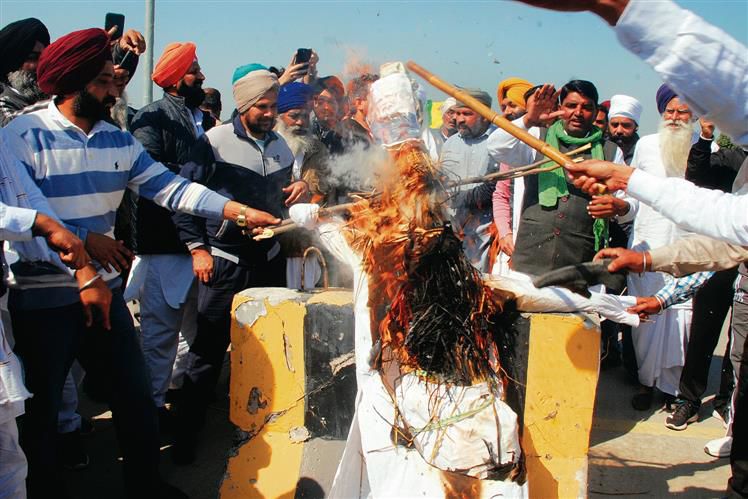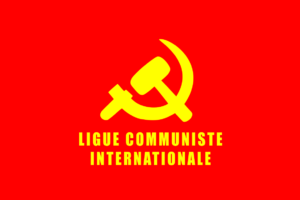
INDIA: “Black Day”, more clashes between peasants and the old State
Featured image: peasants burn effigies of Modi, Amit Shah and the Haryana’s Chief Minister. Source: Varun Gulati
On Wednesday 21st of February, the peasant Shubh Karam Singh, who was protesting with thousands of peasants, was shot dead by the Indian police in Jind district, Haryana. We have reported on this previously. No agent has been held accountable for this, and Punjab Chief Minister, Bhagwant Mann, tried to buy off the family and the peasantry by announcing that he will give them compensation of 10 million rupees, equivalent to US$120,000. At the same time the Indian police declared that the cause of death would only be known after the autopsy, avoiding all possible blame on the police.
The murder of Shubh Karam Singh does not represent an isolated case, but the repression of the old Indian State has been very harsh since the beginning of the protests. The use of tear gas, concrete barricades protecting the country’s capital, and heavy police charges have been usual during this week of peasant protests. Additionally, the old Indian State has also put its entire propaganda and censorship machinery to work. The Punjab’s peasantry is being accused of being infiltrated or having links with the “terrorism” and Khalistani’s independence organizations, declared as terrorists by the old Indian State. In this way, the just struggle of the people is criminalized and the harsh repression against them is justified. In previous peasant protests such as those in 2021, there were already accusations of this by the State Prosecutor.
The old Indian State has carried out other types of repressive measures, willing to isolate the peasant’s struggle and trying to prevent them to denounce the crimes and repression that they are facing. For example, internet access and SMS have been banned in numerous districts of Haryana from 11th of February until last Saturday. It has even been known that the Indian authorities have contacted the social network “X” (formerly Twitter) to close accounts and delete posts related to the peasant’s struggle. This has been admitted by the social network itself.
The murder of the young peasant and the harsh repression of the old Indian State did not stopped the protests of the Indian peasantry, but has made stronger their efforts, and the peasantry has carried out more mobilizations and is calling for new ones. On Friday 24, the Indian peasantry declared a “Black Day” and raised thousands of black flags during the marches and once again clashed with the repressive forces of the old Indian State, during their march towards the capital, New Delhi. Peasant organizations held numerous protests against police repression, burning effigies of Modi, Amit Shah and the Chief Minister of Haryana and there have been new injured peasants due to police brutality. They also announced new mobilizations, including a tractor march for Monday 26th of February.

